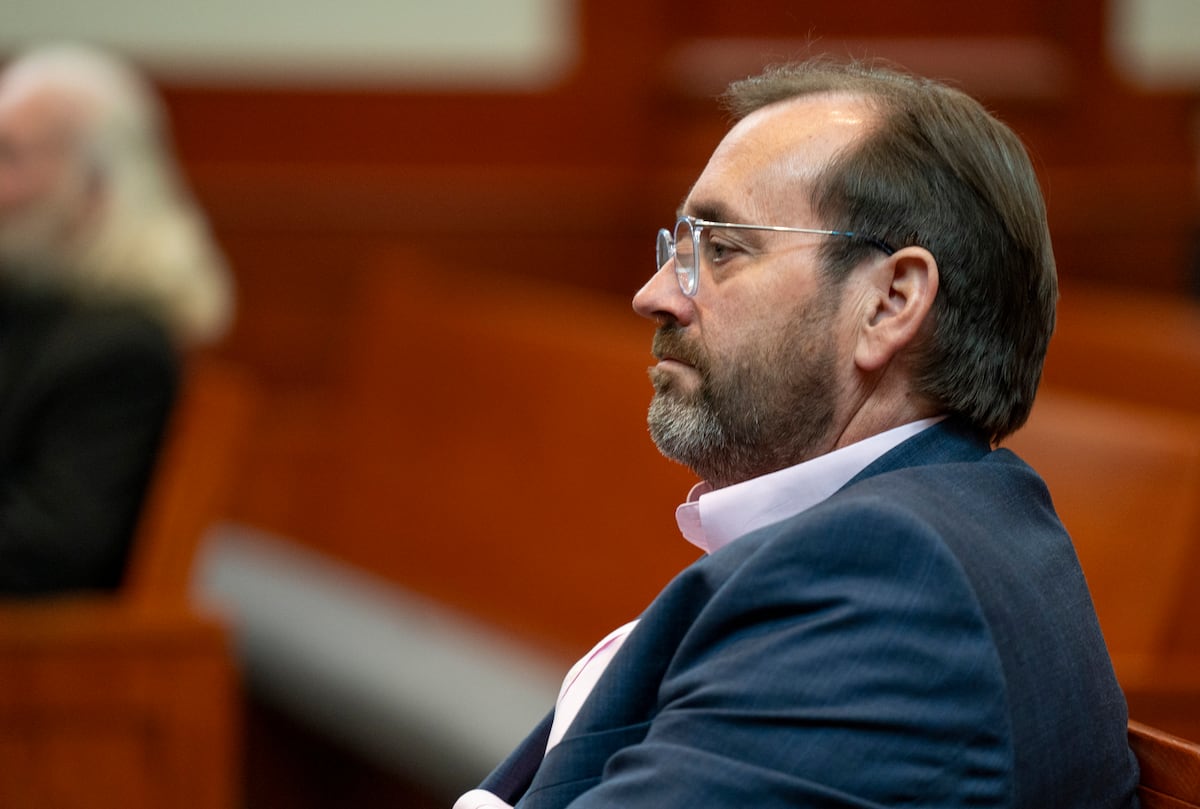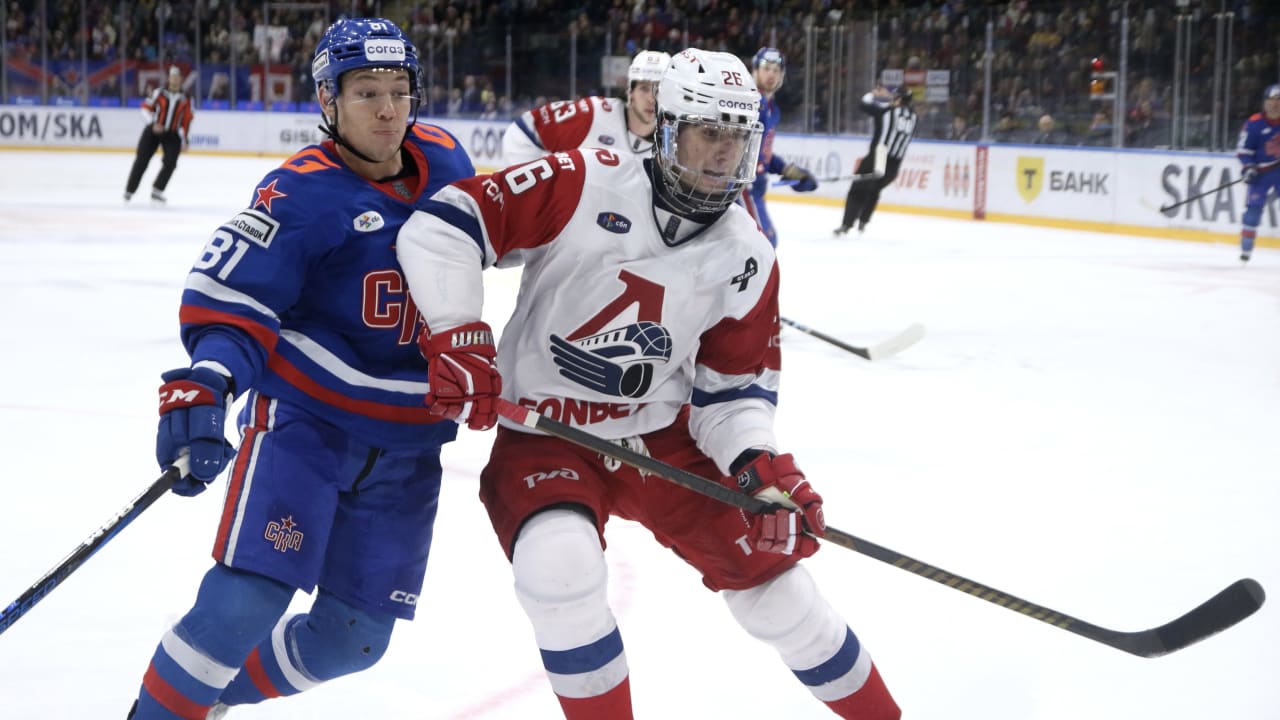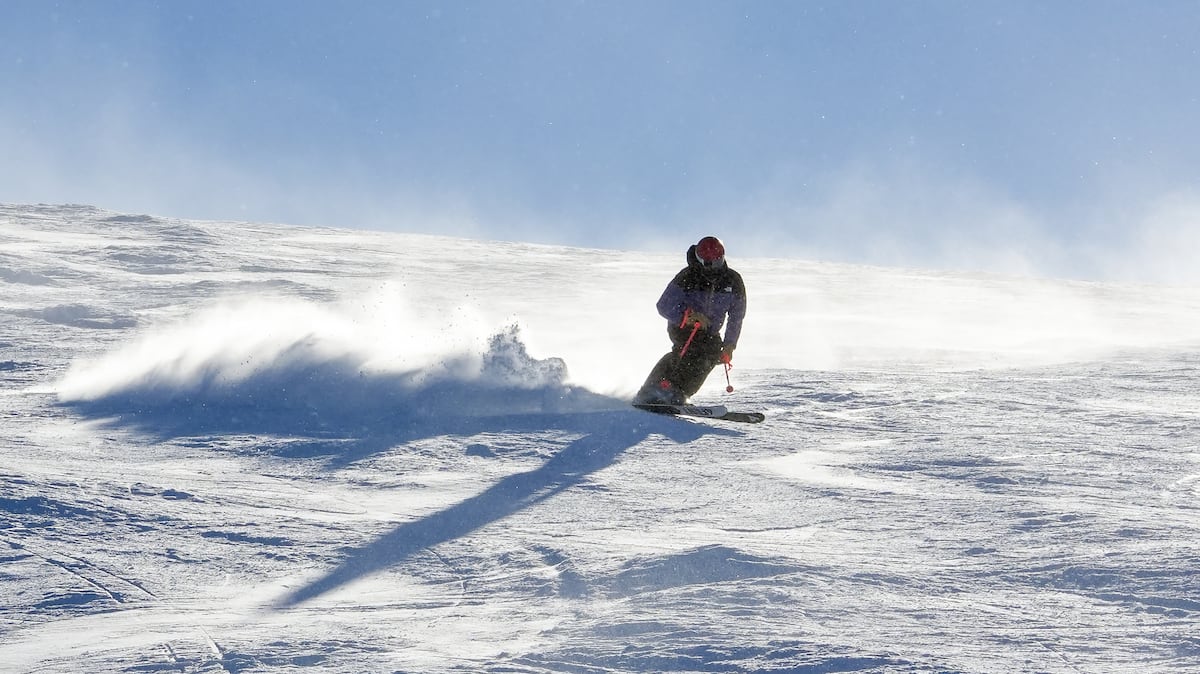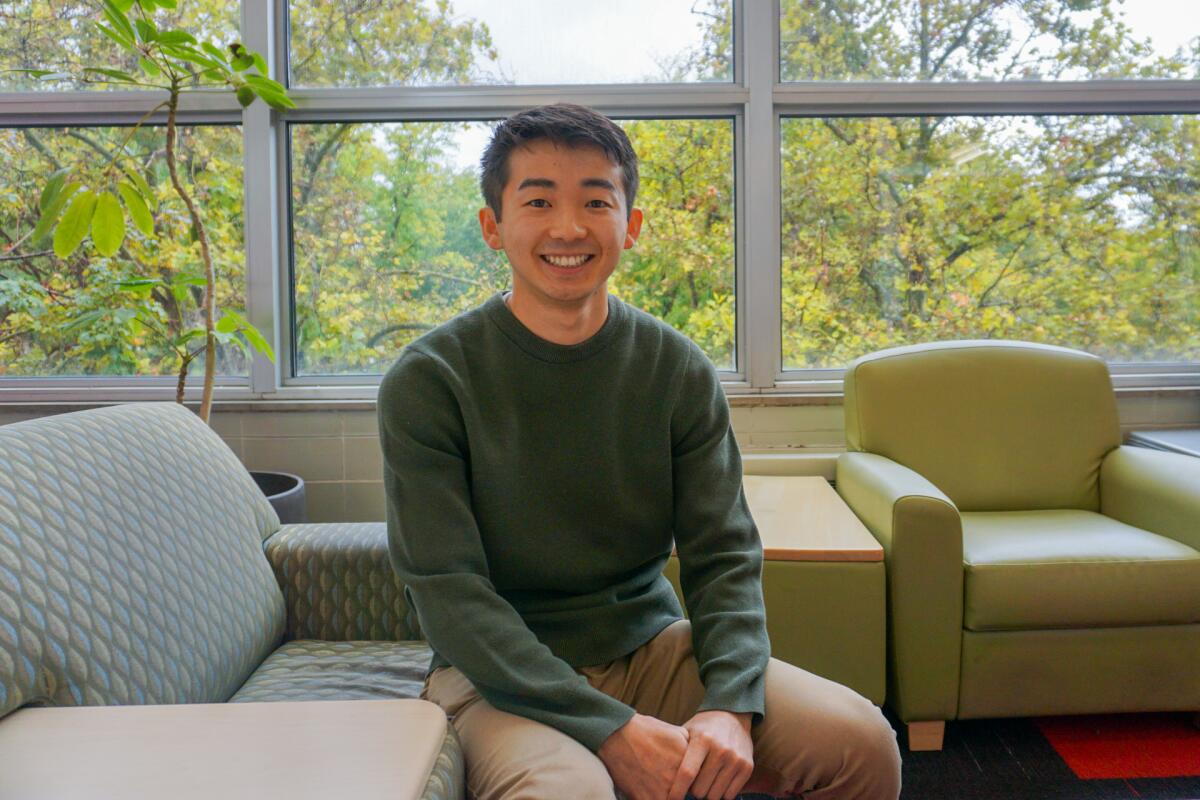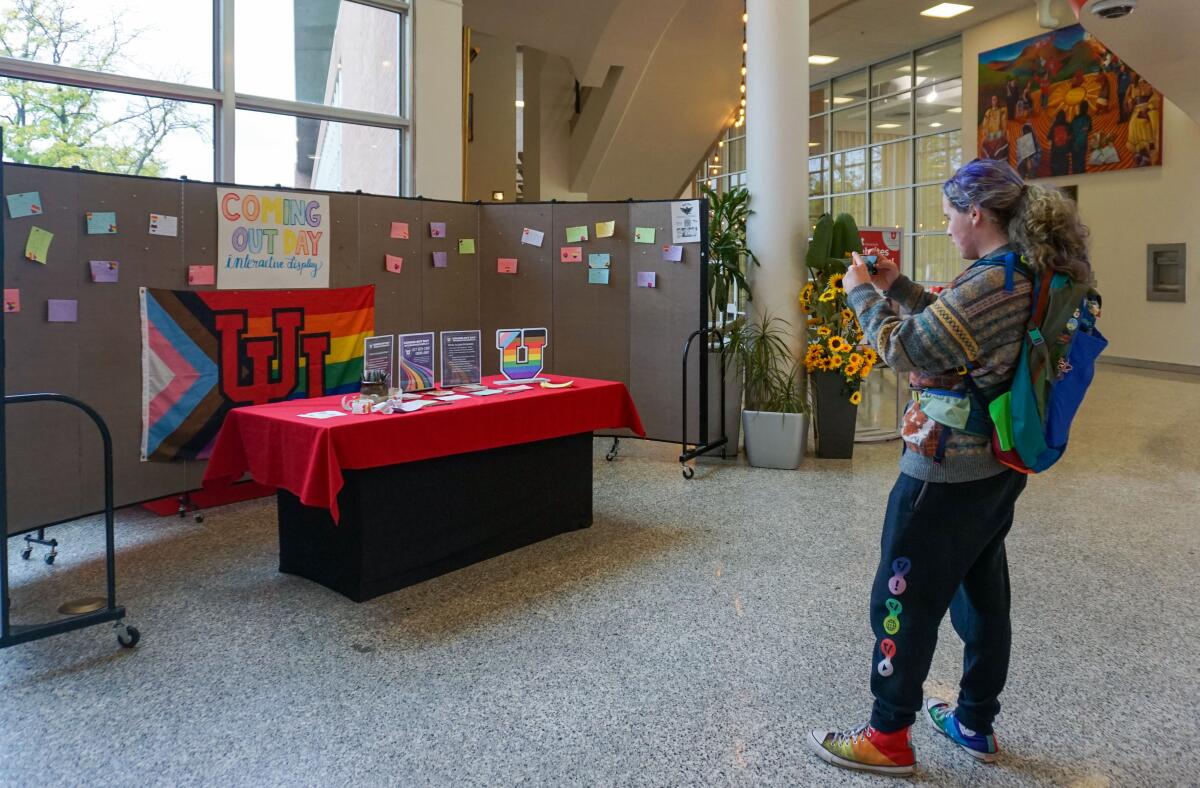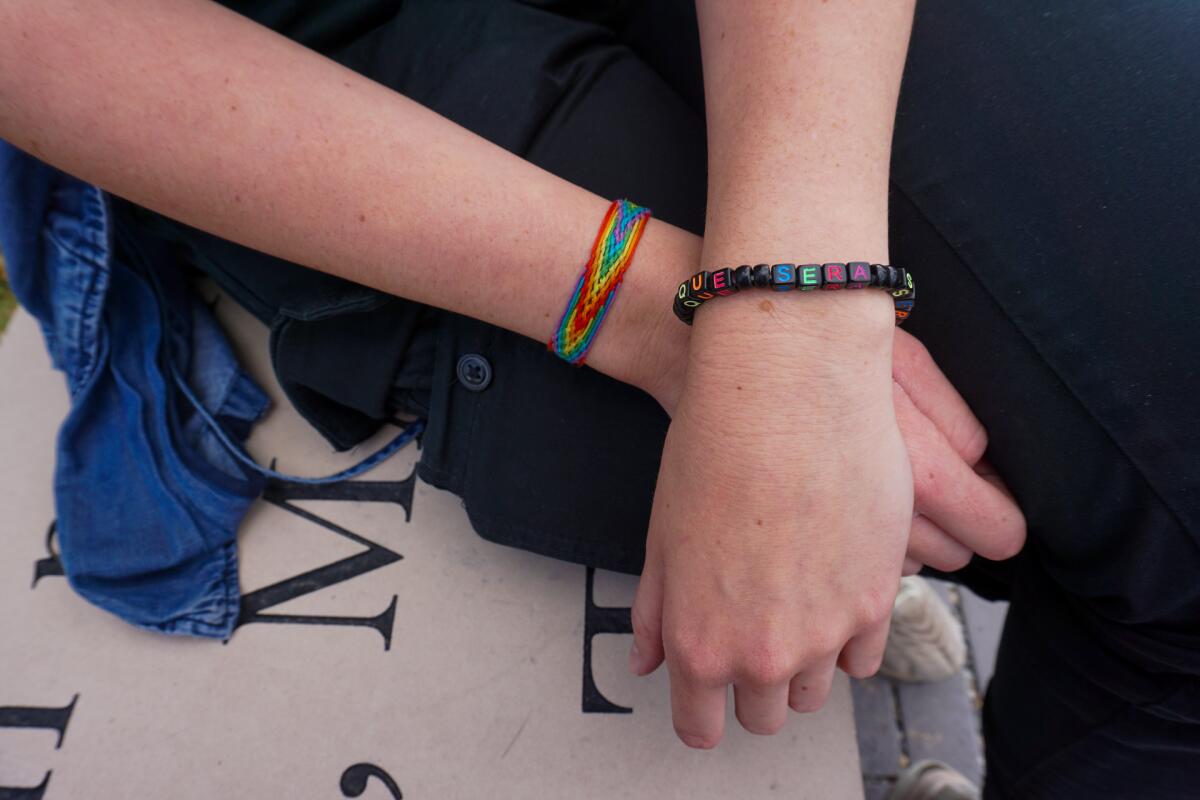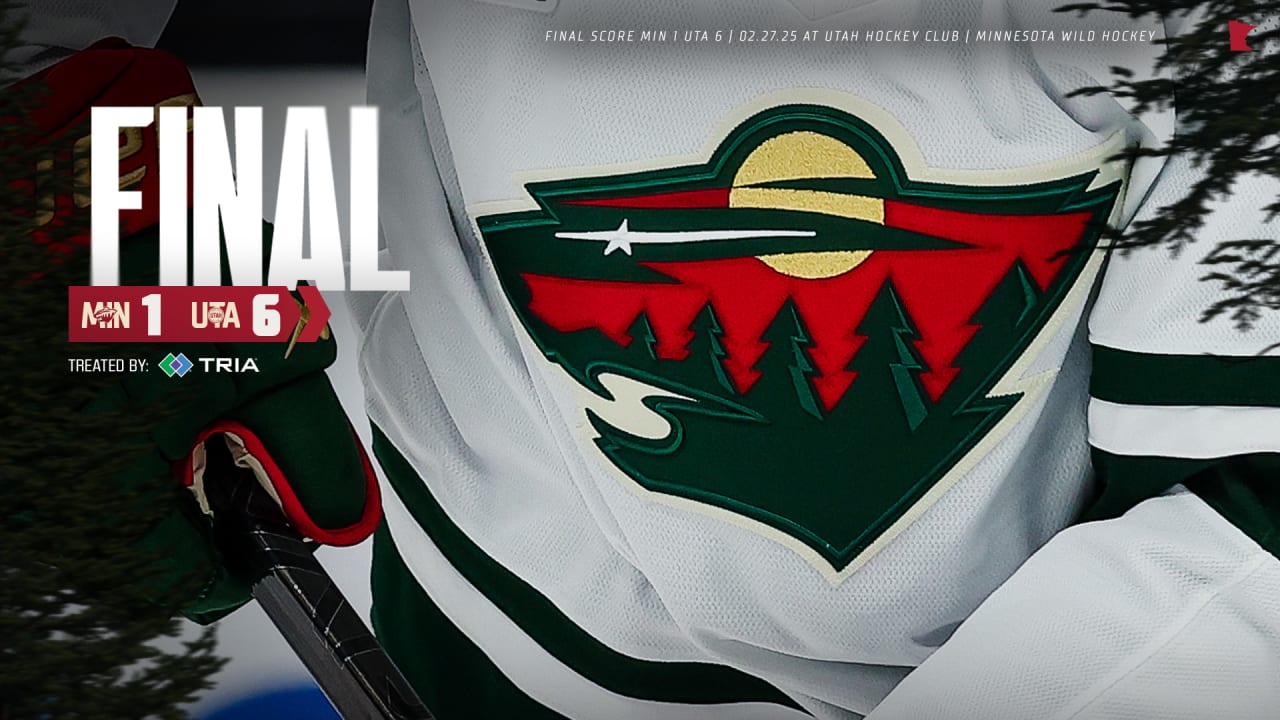Top-down, centralized state government land use mandates are hurting Utah’s housing availability. Cities need local control.
Over my 12 years in city office, I’ve seen the Utah Legislature impose scores of laws that take away a city’s ability to regulate its own land use. This legislation often not only usurps the conscientious, decades-long planning efforts of city planning commissions, councils and the will of residents, but it has also actually made our housing situation worse.
President Ronald Reagan famously stated that if government planning claims it can solve all our problems, it’s appropriate for government to read the score to us once in a while.
So, where does Utah stand after all this top-down state government action the last decade? We’ve gone from being one of the most affordable to now least affordable. All while the quality of life index has also fallen to an all-time low of 64 out of 100, largely based on home affordability.
Historically, Utah has thrived by empowering voters through local control. The housing needs and desires of Riverton City residents will be different from those of Salt Lake City. However, Utahns concerned with seemingly unfettered high-density housing construction in their neighborhoods will soon discover their local city council can do little to stop the state mandates.
These ideas were further promoted in a flawed Legislative Auditor General report in late 2023 that recommended the State Legislature compel municipalities to increase zoning density to pursue state-wide housing goals. The effect of these recommendations will be consolidating local land-use authority into the hands of a few in our state capitol, where a quarter of our state legislators have financial ties to the developer industry.
Their report attempts to scapegoat cities for Utah’s purported housing deficit, yet it failed to identify a single example of where cities have stifled construction. The Utah League of Cities and Towns defended cities by referencing the perplexing phenomenon of developers sitting on nearly 200,000 entitled housing parcels throughout the state, but choosing not to build. This is proof positive that market forces and developer timetables are to blame, not cities.
The state report doesn’t acknowledge this reality and instead recommends the State Legislature follow California’s failed model of imposing one-size fits all state housing goals.
The State Legislature is currently considering SB337, which is the latest culmination of these flawed narratives. Without any local government consent, the state wants to give state agencies total land-use authority over parts of the state they consider a significant community impact, regardless of established city plans.
There are actions the Legislature could take to immediately improve the availability and therefore affordability of housing for Utahns, while maintaining the principal of local control.
First, the State Legislature should be focused on proper infrastructure investments. Gov. Cox has stated that “when investment in infrastructure precedes growth, quality of life stays high. If growth precedes infrastructure, the quality of life goes down every single time.” Instead of following this correct maxim, state officials are advocating for creation of a paradox where state infrastructure funding will be tied to those who reach the state housing goals.
Second, the State Legislature should collaborate with federal partners to alleviate the burden of illegal immigration places on Utah’s housing supply. It could also work to support Sen. Mike Lee’s HOUSES Act and build on just 1% of the nearly 67% of our state that is owned by the federal government. That alone would nearly double the housing supply.
Furthermore, the state Legislature should not offer hundreds of millions in tax credits and incentives for out-of-state companies to locate along the already highly congested Wasatch Front. This has imported tens of thousands of immediate home buyers from other states who often can outbid Utahns when buying a home. Net migration, not native Utah births, now accounts for over half of all of our growth in the last several years.
Lastly, the state Legislature should address unfair corporate advantages in the buying of homes. Institutional buyers wield significant power on Utah’s housing market that create consequences for Utah’s housing availability and affordability. Commonly known as “Wall Street Landlords,” large corporations compete directly with Utah families trying to buy a home. In recent years, over a quarter of residential homes sales in the Beehive State were linked to investors.
Legislature should focus on massive roadway and water infrastructure improvements, policy changes to federal lands, proper incentives for out-of state businesses and ensuring owner-occupied housing is prioritized.
Utah’s future success will be achieved through continued partnership between the cities and the state, not a punitive relationship that will foster distrust and coercion. All Utahns should contact their legislators and encourage them to support local control over top-down, centralized state government land-use mandates.
Source: Utah News



